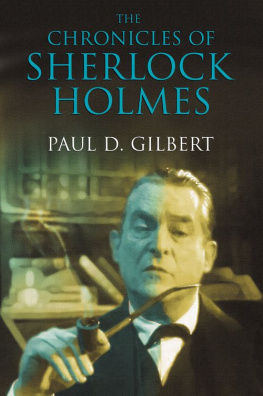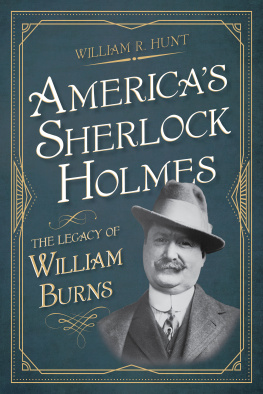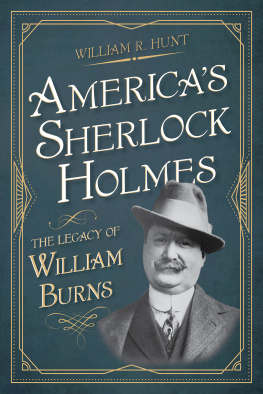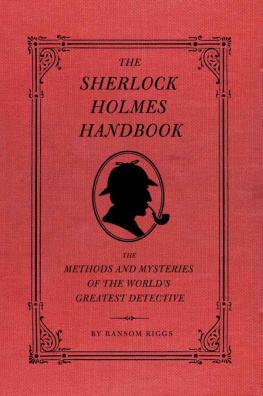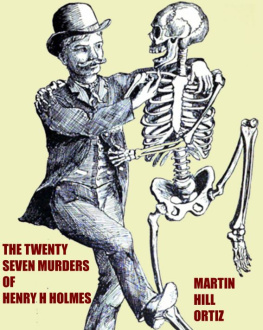
CONTENTS
|
|
| Chapter 1 |
|
| Chapter 2 |
|
| Chapter 3 |
|
| Chapter 4 |
|
| Chapter 5 |
|
| Chapter 6 |
|
| Chapter 7 |
|
| Chapter 8 |
|
| Chapter 9 |
|
| Chapter 10 |
|
| Chapter 11 |
|
|
|
Copyright Geoffrey Travers
First published 2020
This book is copyright. Apart from any fair dealing for the purposes of private study, research, criticism or review as permitted under the Copyright Act, no part may be reproduced, stored in a retrieval system or transmitted in any form or by any means, electronic, mechanical, photocopying, recording or otherwise, without written permission.
All inquiries should be made to the publishers.
Big Sky Publishing Pty Ltd
PO Box 303, Newport, NSW 2106, Australia
Phone: 1300 364 611
Fax: (61 2) 9918 2396
Email:
Web: www.bigskypublishing.com.au
Cover design and typesetting: Think Productions
Printed in China


WILLIAM
HOLMES
THE
SOLDIERS
GENERAL
Geoffrey Travers
INTRODUCTION
In 1900, Trooper Bill Tweedys troop of the New South Wales Mounted Infantry was ordered, on a given signal, to gallop towards a party of Boers 1500 metres away across flat country. The gallop was to be started by the right-hand trooper and followed at 50-metre intervals by each succeeding man. This extended order was designed to avoid casualties.
Trooper Tweedy was the right-hand man and, as he tightened the girth of his horse, his thoughts were that he would cop the lot. After a few moments, he noted that his troop officer had led his horse around to the right so that he would be the first man away. He watched this officer over his saddle and noticed that he was as white as a sheet. His hands were shaking so that he could hardly make the buckles fast.
The officer then led the troop in the gallop across the flat and, as things turned out, neither the officer nor Tweedy became casualties although a few of those that followed were hit. Tweedy never forgot the incident. The officer was William Holmes.
Holmess behaviour at this early action was indicative of his character and later performance. He was brave, but not fearless. His preparedness to face the same dangers as his men in battle won their respect and loyalty. His outward calmness and cheerfulness under fire lifted the morale of the men under his command and helped them to stick to the task in hand.
Holmes was not just a popular leader. He was also a disciplinarian. Newspapers of the day described how he enjoyed the confidence of his men a much more valuable attribute. His ability was conceded, his pluck unquestioned, and many a delinquent knows that his justice was tempered with mercy.
Holmess men were never known to go back on their leader. When he was leaving New Guinea, almost the whole of his force, though willing to remain there under his command, expressed the wish to return with him to Australia; and many of them went with him to Gallipoli and France.
WILLIAM
HOLMES
THE
SOLDIERS
GENERAL

Geoffrey Travers
Table of Contents
For Gwynn Boyd
thanks for the encouragement.
ACKNOWLEDGEMENTS
I knew very little about my great-grandfather, William Holmes, until my uncle, B.H. (Jika) Travers, began to write a biography about him in 1984. Unfortunately, after writing a first draft, my uncle suffered a stroke which prevented him from completing the book for publication, although his manuscript was published in 2016, 18 years after his death.
After my uncles death, the family papers were passed to me with the intention that I should, one day, have a go at writing the story. Raising a family and career commitments prevented me from beginning the task until 2014. It has been a very interesting journey since then.
I was very lucky to be able to build on the extensive research my uncle had carried out in the 1980s, so that this book is, in a real sense, a joint family effort. I was continually amazed as my own research revealed the suffering, sacrifice and courage of the soldiers in World War I. At the same time, I was constantly surprised to uncover the extent of the inexperience, incompetence and petty rivalry that existed among the higher commands of the Australian and British forces. I was enlightened to discover how the rapid development of industrial warfare, weapons and tactics had moulded many of the events about which Id learnt as a schoolboy. It was challenging but enjoyable detective work to scour the sources to glean the thoughts and values of someone you had never met and to try to reasonably describe their reactions to events. This book is the result.
I had never written a book before so I should like to thank Alex Lloyd for his assistance in editing the first draft. Dr Roger Lee, former head of the Army History Unit, gave me some early encouragement that I was on the right track (and not entirely insane), while Dr Andrew Richardson and Dr Robert Stevenson gave me helpful advice. Dr Evelyn Graham was an excellent and thorough editor who played the role of devils advocate with aplomb and undoubtedly improved the accuracy of the text. She also assisted with the huge task of organising the maps, diagrams and photographs. I should also like to thank my research assistant, Charlotte Adcock, a history student at the Womens College at Sydney University.
My brother, Richard Travers, the author of two books about World War I, was generous in his guidance and assistance which was much appreciated. I would like to thank my partners and staff at CCZ Statton Equities for their forbearance during the months the book was going through the editing process. But, most importantly, I would like to thank my long-suffering wife, Boatie, who, in her inimitable style, coined a nickname for this book which cannot be repeated here.
INDEX
A
AE1
Aide-de-Camp (ADC)
Allanson, Major Cecil
Allen, Captain Tubby
Anstey, Frank
Antill, Colonel
Anzac Corps
at Bullecourt
at Messines
at Somme
at Western Front
Anzac Corps, I
Anzac Corps, II
Armentieres
Armstrong, Colonel
Arthur, Royal Highness, Prince
Asquith, Prime Minister
August offensive
Australian Imperial Force (AIF)
at Bullecourt
1st Division
2nd Division
3rd Division
4th Division
Gallipoli Campaign
at Messines
at Somme
Western Front
Australian infantry brigades
1st Brigade
2nd Brigade
3rd Brigade
4th Brigade
5th Brigade
6th Brigade
7th Brigade
8th Brigade
12th Brigade
13th Brigade
17th Battalion
18th Battalion
19th Battalion
20th Battalion
24th Battalion
25th Battalion
26th Battalion
28th Battalion
Next page


